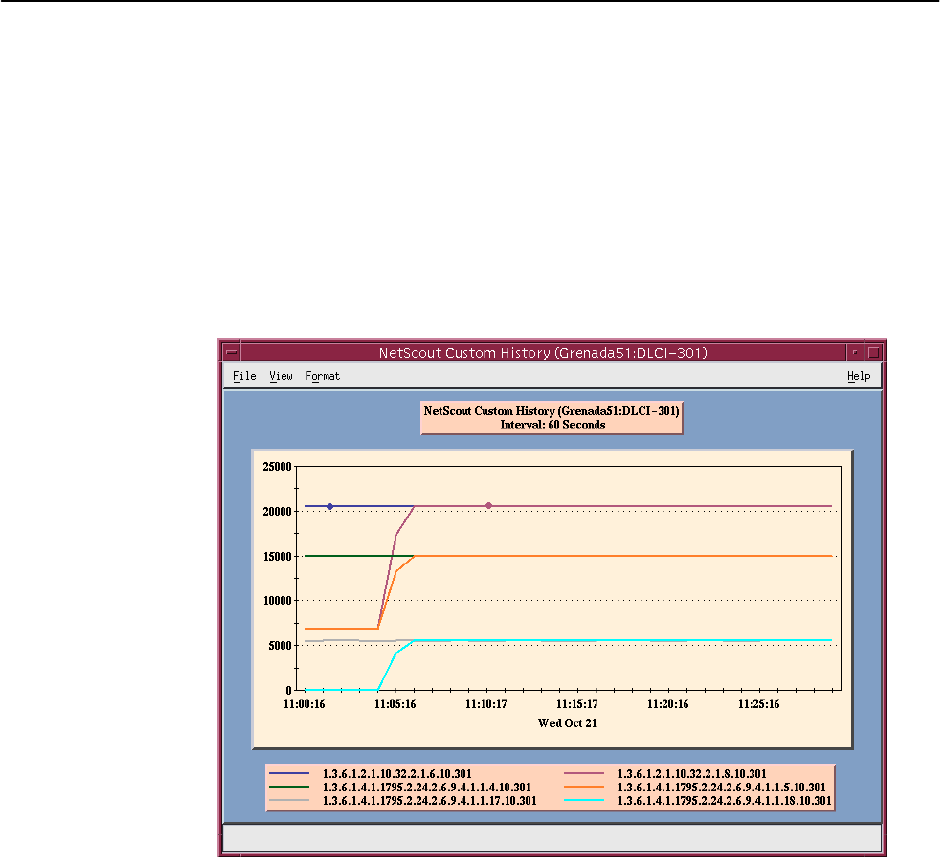User's Manual
Table Of Contents
- Contents
- About This Guide
- About the FrameSaver DSL Unit
- User Interface and Basic Operation
- Configuration Procedures
- Configuration Options
- Overview
- Using the Easy Install Feature
- Setting Up So the Router Can Receive RIP
- Entering System Information and Setting the System Clock
- Configuration Option Tables
- Configuring the Overall System
- Configuring the Physical Interfaces
- Configuring Frame Relay for the Data Port
- Configuring ATM for the Network Interface
- Configuring Circuit and DLCI Records
- Configuring PVC Connections
- Setting Up Management and Communication Options
- Configuring Node IP Information
- Configuring Management PVCs
- Configuring General SNMP Management
- Configuring Telnet and/or FTP Session Support
- Configuring SNMP NMS Security
- Configuring SNMP Traps
- Configuring the Ethernet Port
- Configuring the Communication Port
- Configuring the COM Port to Support an External Modem
- Security and Logins
- Operation and Maintenance
- FTP Operation
- Troubleshooting
- Setting Up OpenLane for FrameSaver Devices
- Setting Up Network Health for FrameSaver Devices
- Menu Hierarchy
- SNMP MIBs and Traps, and RMON Alarm Defaults
- Connectors, Cables, and Pin Assignments
- Technical Specifications
- Equipment List
- Index

SNMP MIBs and Traps, and RMON Alarm Defaults
B-23
9783-A2-GB20-00
July 2000
Object ID Cross-References (Numeric Order)
The FrameSaver unit supports automatic generation of RMON alarm and event
information. Each alarm sets an SNMP variable to monitor. When the threshold
set for the monitored variable is exceeded, an SNMP trap is sent and/or a log
entry is made.
This table is helpful in identifying alarm conditions being tracked when viewing
the NetScout Custom History screen (shown below), which provides the OID
instead of the alarm condition.
See Table B-14 for an RMON history OID cross-reference and Table B-15 for an
RMON alarm OID cross-reference.










